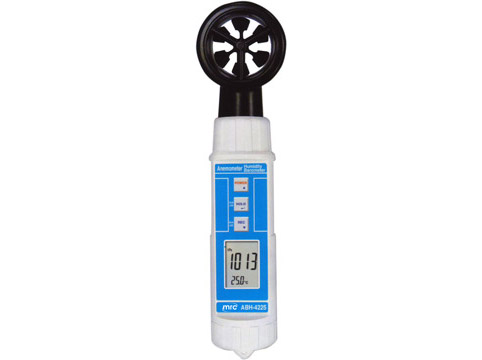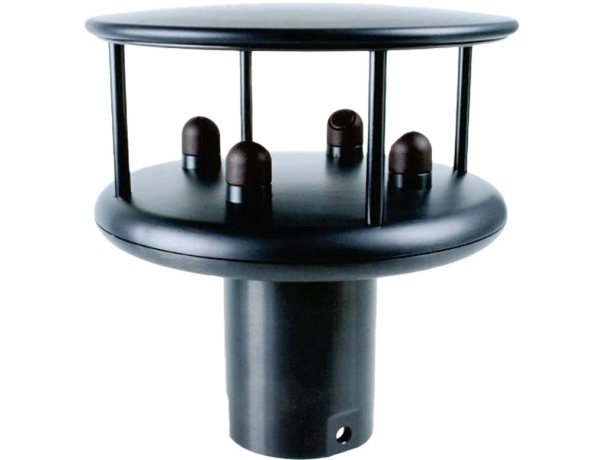Wind speed sensors are devices designed to measure the speed and direction of wind flow. They are essential tools used in meteorology, environmental monitoring, aviation, and renewable energy sectors. By accurately measuring wind speed, these sensors enable better understanding and prediction of weather patterns and help optimize the performance of wind energy systems.
Importance of Accurate Wind Speed Data
Accurate wind speed data is crucial for various purposes, including weather forecasting, climate research, and assessing wind energy potential. It helps meteorologists predict severe weather events, such as hurricanes and tornadoes, and assists engineers in designing efficient wind turbines for electricity generation.
How Wind Speed Sensors Work
Wind speed sensors operate on different principles depending on their design. Common types include cup anemometers, vane anemometers, and sonic anemometers. Cup anemometers measure wind speed by counting rotations of cups mounted on a vertical axis, while vane anemometers determine wind direction using a tail vane. Sonic anemometers utilize ultrasonic sound waves to measure wind speed and direction with high precision.

Factors to Consider When Choosing a Wind Speed Sensor
When selecting a wind speed sensor, several factors should be taken into account to ensure optimal performance and reliability.
Environmental Conditions
Consider the operating environment, including temperature extremes, humidity levels, and exposure to corrosive elements. Choose a sensor that can withstand the specific conditions of its installation location.
Accuracy and Precision
Look for sensors with high accuracy and precision to obtain reliable wind speed data for your application. Calibrate the sensor regularly to maintain accuracy over time.
Maintenance Requirements
Consider the maintenance needs of the sensor, including cleaning, calibration, and potential repairs. Choose a sensor that is easy to maintain and has a long service life.
Applications of Wind Speed Sensors
Wind speed sensors find diverse applications across various industries and fields:
Weather Monitoring
Meteorologists use wind speed sensors to track atmospheric conditions, predict weather patterns, and issue timely warnings for severe weather events.
Renewable Energy
Wind speed data is essential for assessing the potential of wind energy resources and optimizing the performance of wind turbines in power generation facilities.
Environmental Research
Researchers utilize wind speed sensors to study air quality, atmospheric dynamics, and climate change impacts on regional and global scales.
Application of WIND SPEED SENSOR
Wind speed sensors are utilized in various applications across different industries due to their ability to measure the velocity of wind accurately. Here are some common applications:
- Weather Monitoring and Forecasting: They are extensively used in meteorological stations and weather forecasting centers to monitor wind patterns, record wind speeds, and predict weather conditions. This information helps in generating accurate weather forecasts and warnings.
- Environmental Monitoring: In environmental monitoring, They are employed to assess air quality, dispersion of pollutants, and to study wind patterns in specific areas. This data is crucial for understanding the impact of pollutants on the environment and human health.
- Wind Energy Generation:They are installed in wind turbines to measure wind speeds and direction, allowing the turbines to adjust their orientation for optimal energy production. Wind speed data also helps in assessing potential sites for wind farm installations.
- Aviation and Aerospace: In aviation and aerospace industries, wind speed sensors are utilized for monitoring wind conditions at airports, airstrips, and during flight operations. Accurate wind speed measurements are essential for safe takeoffs, landings, and navigation of aircraft.
- Building and Structural Engineering: They are integrated into building designs and structural engineering projects to evaluate wind loads and design structures capable of withstanding various wind speeds. This is particularly important for tall buildings, bridges, and other infrastructure projects.
- Marine and Offshore Applications: Used in marine and offshore industries to monitor wind conditions at sea, assess the feasibility of offshore operations, and ensure the safety of maritime activities such as shipping, fishing, and offshore oil exploration.
- Sports and Recreation: Wind speed sensors are employed in sports and recreational activities such as sailing, kiteboarding, paragliding, and competitive cycling to provide real-time wind speed data. This information helps athletes and enthusiasts make informed decisions and optimize their performance.
